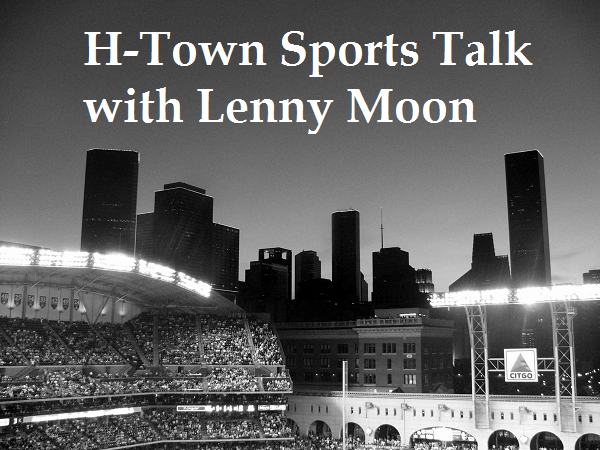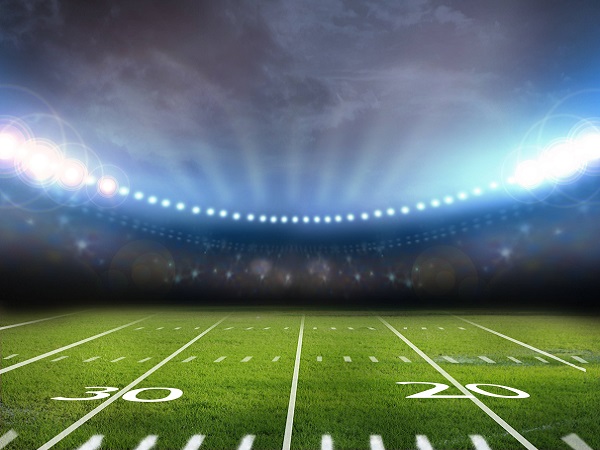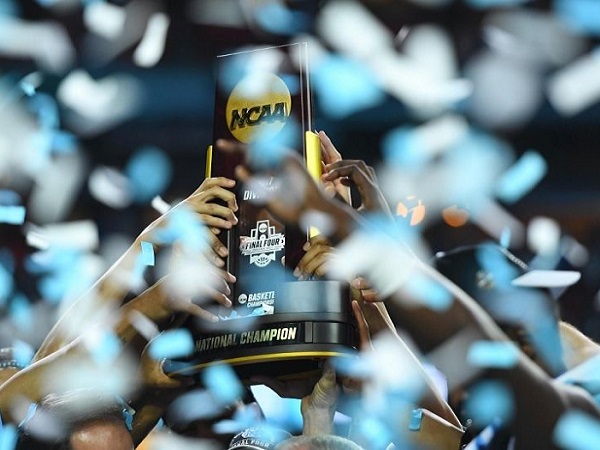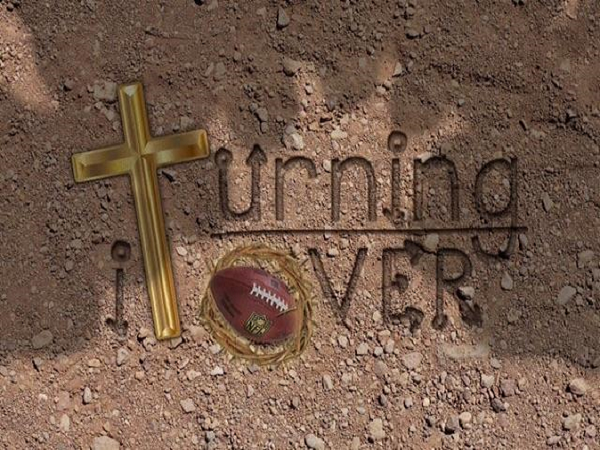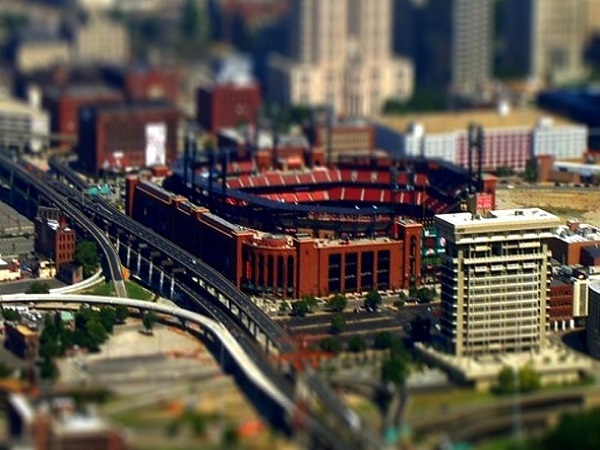History is always a great judge. History is also a great companion to context. In September 1918, a major pandemic hit the United States. Almost exactly 100 years later in 2020, the United States and the World population finds itself in an environment of quarantine and face masks. Interestingly, sports continued holding matches with face masks. Unfortunately, a mix of people returning from the Great War (World War I) to Boston’s Harbor combined with the last baseball World Series match between the Boston Red Sox and the Chicago Cubs at Braves Park (the Boston Braves home ballpark) led to a second wave of the Spanish Flu.
However, the Spanish Flu infected 500 million people and led to 50 million deaths worldwide, with 675,000 of those deaths occurring in the United States. As of Sunday, May 17, 2020, there have been 4.6 million people infected with 313,000 deaths from the coronavirus, specifically COVID-19. There are two other major differences between the 1919 and 2020 pandemics: (1) health officials did not know the Spanish Flu was a virus or that the virus could be transmitted by human contact; and (2) the Spanish Flu had a strange high death rate among 20-40-year old’s (generally the healthiest among us) versus COVID-19 having a significant effect on the elderly, specifically those individuals with preexisting or underlying conditions.
There are also two similarities between the two pandemics: (1) there was no vaccine; and (2) social distancing was used as a way to lower the spread of the virus. The question is, what did the entertainment, media, and sports industries do to get back to business and employees back to work. What did families do to survive?
- Less games with face masks, and no fans?
The 1918 baseball season ended one month early and started one week later in 1919. Fans were allowed to attend the games. Seemingly, the virus spread more rapidly during the fall and into the spring seasons after the baseball season had ended. The current Major League Baseball plan calls for digital distribution through television broadcast and streaming options without fans being present for at least some period of time if not the entire season and postseason. Other professional sports leagues have similar plans on returns to action in more open states like Arizona, Florida, and Texas. The NCAA has also warmed to the idea of no students on campus, but allowing conferences to choose their own pathways when it comes to sports, specifically college football.
- Face masks and social distancing in theaters, etc.
In 1918, many local officials placed bans on public gatherings in private places. In some cities, these bans lasted up to fifteen weeks (almost four months). In 2020, with knowledge of the virus (specifically knowing it is a virus and how it is transmitted), with better healthcare and health, the circumstances have allowed businesses to open sooner and to institute social distancing measures versus total closures. In 1918-1919, schools also stayed open, with parents retaining the choice to place their children in schools or not. The result was about 50% of students still attended school in public at academic institutions.
- Media coverage
Although newspaper readership reached an all-time high in 1918, daily television coverage, social media and platform viewership and engagement, and the internet (websites) did not exist as they do in 2020. The phenomenon of additional inventions and resources to distribute and consume news has simultaneously led to (1) more news coverage along with (2) more information being shared among peoples and their governments. The additional media coverage and spread of information has both good and bad effects on people. For example, 45 of the 50 states have begun to reopen (ease restrictions), but where media coverage headquarters and the hardest hit states are in California and New York respectively, there has been a skewed misunderstanding of how many Americans live their lives. More specifically, life in the big city is much different than in the suburbs and rural areas or even smaller urban areas, which has been consistently different since the dawn of mankind.
If the 1918-1919 Spanish Flu has showed us anything about how it applies today it would be that one size does not fill all. It also proves that knowledge is power. It also proves that this too shall pass. Lastly, entertainment, media, and sports played an essential role in the recovery of the American people, their families, and the economy from the Spanish Flu and will do the same from the Great American Shutdown.














